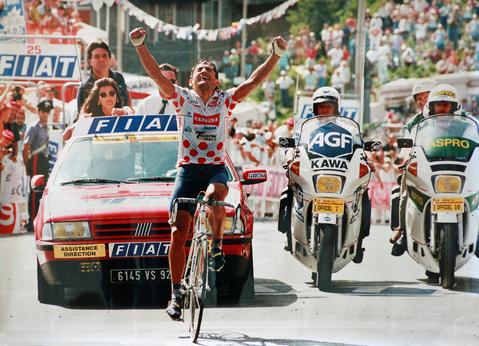
Claudio Chiappucci aka El Diablo
As the dust settles on another Tour, we’ve got nothing but congratulations for Chris Froome on bagging his third win. But for all the solid achievements of the Sky Team, the most memorable image of the Tour was undoubtedly Froome’s brief and surreal sprint up a chaotic Mont Ventoux, after the crowd had pressed in and his bike had been trashed in the ensuing pile up.
The scene on Mont Ventoux conjured up memories of another crowded hill climb: Sestriere in 1992. Carrera’s Claudio Chiappucci was in the final moments of a historic breakaway, and the mountain stage’s route through Italy had brought out the tifosi in force to see their compatriot compete against the indefatigable Spaniard Miguel Indurain. As Chiappucci’s lead over Indurain slipped, the motorbikes ahead became choked by the crowd and threatened to force the Italian to a standstill.
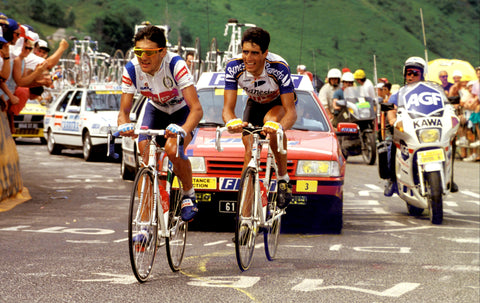
The first five years of Chiappucci’s professional life with the Carrera team didn’t contain anything like this kind of drama, but after a mad breakaway on the first day of the Tour in 1990, he gained fame and a reputation for unexpected acts of daring which defined the rest of his career. So it was two years later when Chiappucci, also known as ‘El Diablo’, charged ahead of the pack during the ascent of the Col d’Iseran, with more than 100km of the stage still to go, a move described by an Italian journalist later as “a brave act, to the point of insanity.”
As the crowd closed in with only a few km to go they threatened to rob Chiappucci of his lead, but mercifully he was luckier than Froome – rather than crashing into the wheel of ex-team mate Richie Porte who had just crashed into the wheel of a motorbike, Chiappucci was able to deftly weave through the traffic jam, with the cheering crowd parting in front of him as he waved his arms. For Chiappucci it was a defining moment, one where he “took on the energy” of the crowd and found new motivation for the last sprint of the stage, as a he told writer Richard Moore in an interview in 2014.
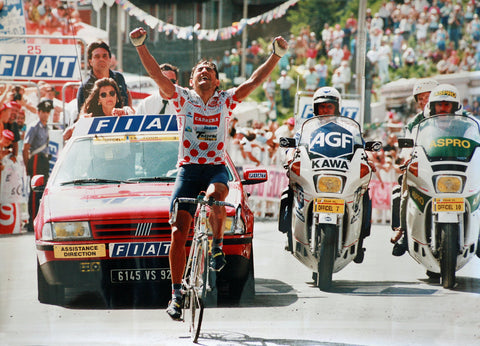
Today Chiappucci’s legacy is less clear. His rise coincided with the rise of EPO doping in professional cycling, and Chiappucci himself failed the UCI’s haematocrit test twice in 1997. In the same year he told an Italian prosecutor that he had used EPO since 1993, though he later retracted this statement, and he maintained to Moore that he won the Sestriere stage in 1992 through “passion, stubbornness, suffering, and willpower.” Whatever happened in the nineties, the impish Chiappucci certainly brought flair and drama to the race, something that’s a little scarce in the Tour today.
If you enjoyed this article please don't forget to share it around 😊
Leave a comment
Comments will be approved before showing up.
Also in The Journal
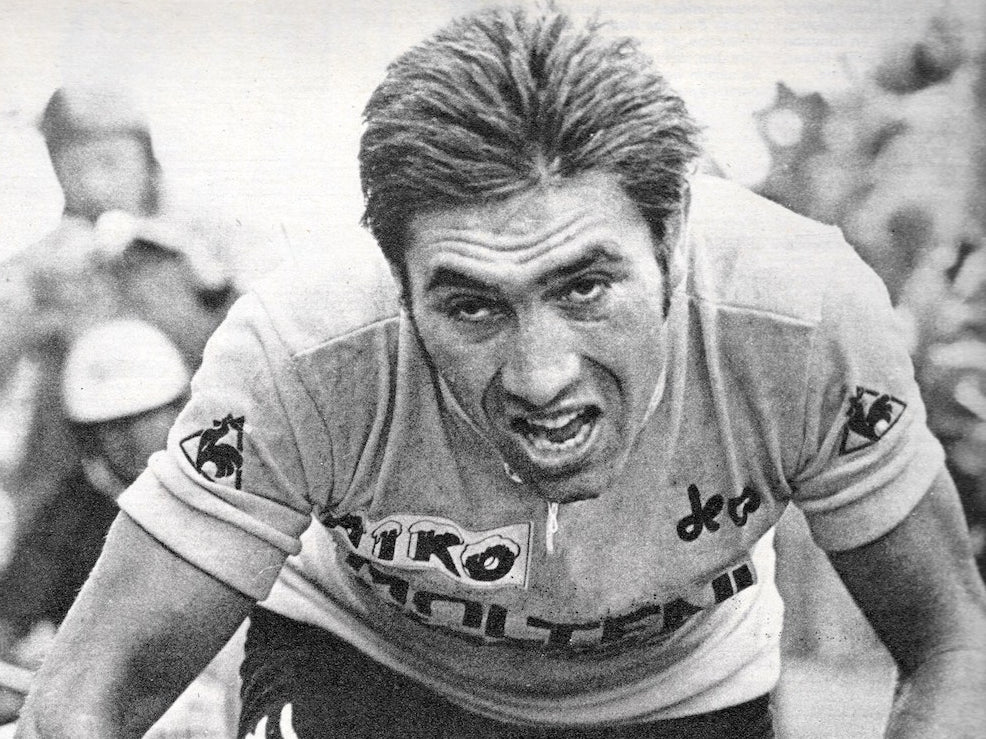
Eddy Merckx - The Cannibal
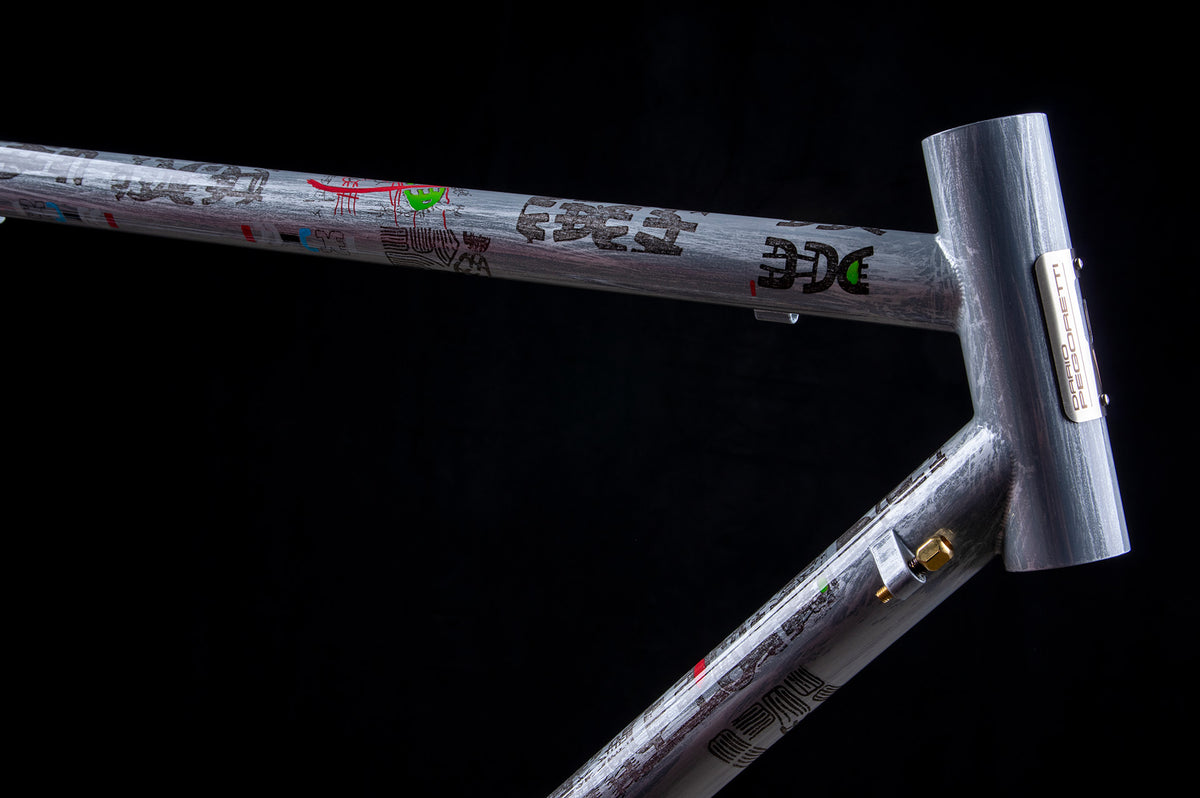
Art & Bicycles – Dario Pegoretti - An Italian Master
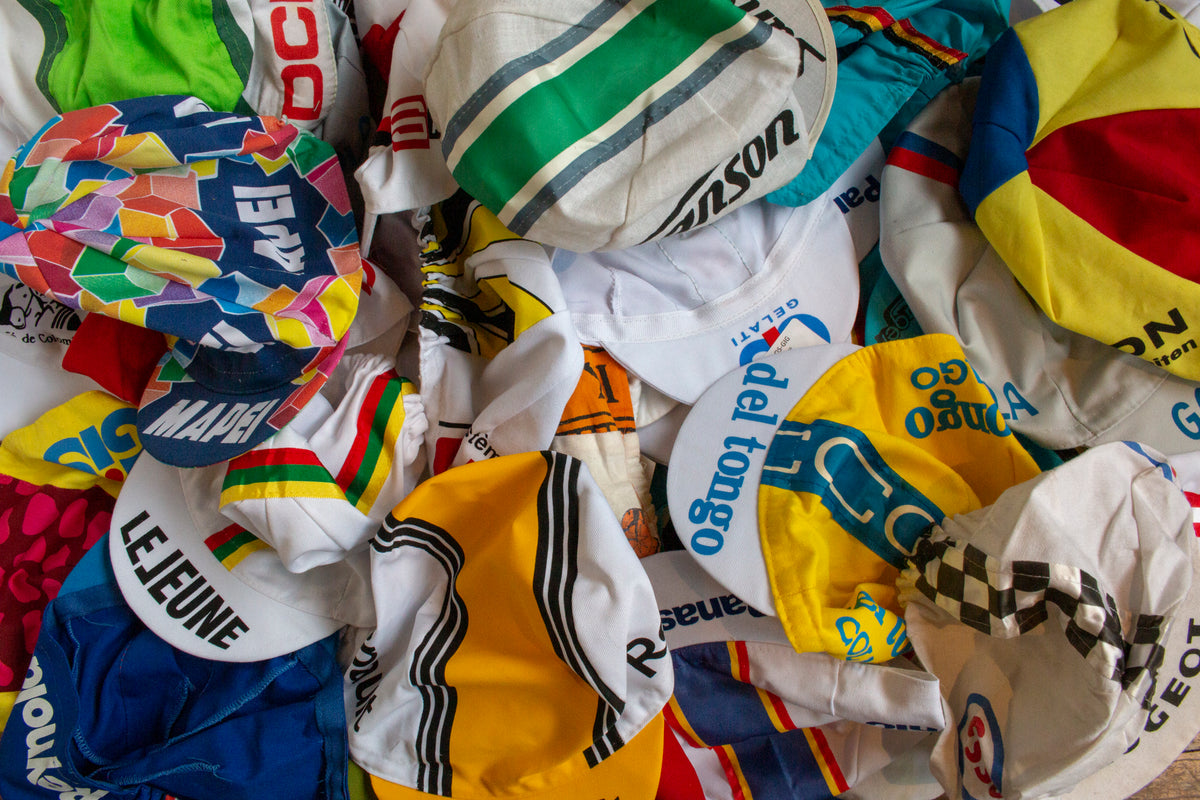

Felix Bazalgette
Author